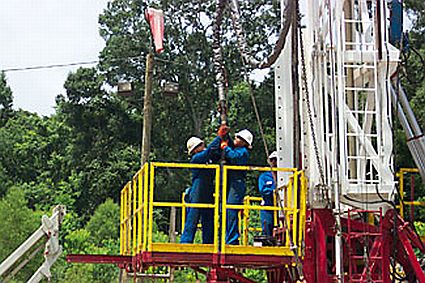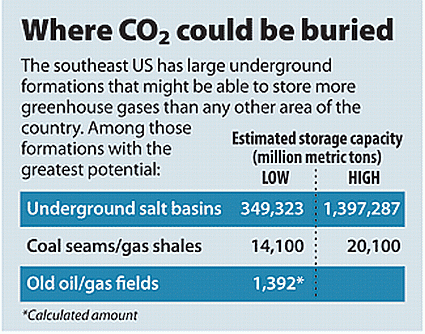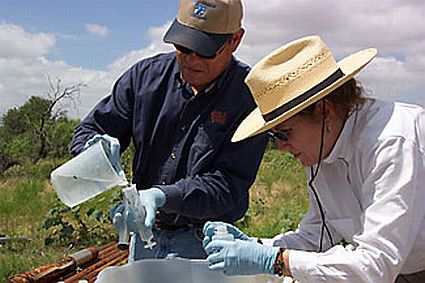
Researchers have come up with a new technique that holds promise to control the rising volumes of CO2 in the atmosphere. These researchers are now trying out ways by which this excess CO2 can be safely dumped into the ground.
What if CO2 levels continue to rise:
Carbon dioxide is produced by vehicles, power plants and burning of coal which is used in electricity generation plants. This is one of the main greenhouse gases that accounts for the rise in the average temperature of the Earth. If the amount of CO2 that we all carelessly dump into the atmosphere is not stopped then the average temperature of our planet will rise in a phenomenon called as global warming. Once this happens the ice caps on the mountains will melt rising the water levels in the oceans and the seas. This will finally result in devastating floods which will drown every major city of the world.
How to stop CO2 emissions:

Frankly speaking I don’t believe that we can stop all the CO2 that is being produced by machines we use in our everyday life in a month or even for that matter in a decade. We have realized the importance of the atmosphere and all major manufactures are now developing machines are gadgets that do not produce emissions. Still the question remains – what about the CO2 that we already have dumped into the atmosphere?
How to control carbon emissions:
Researchers have come up with a plan to convert carbon dioxide into a liquid and then inject it into natural or man made ground reservoirs. These natural reservoirs can be old natural gas reservoirs that have already given out what all they had, or even mines that contain hard to recover coal and salt basins a mile or more deep. These areas should be able to permanently hold at least two centuries’ worth of US CO2 emissions.
Safety Hazards of pumping CO2 in the ground:

The technique may sound fine on paper but actually pumping too much CO2 in the ground might raise some other risks which need to be catered to beforehand. If too much CO2 is injected in the ground, the pressure might result in earth tremors or push deep super-salty groundwater up into freshwater aquifers. Nevertheless researchers are currently working on the technique and are testing the ill-effects if any by dumping CO2 into wells. Till now the research has come out to be fruitful.
Another risk is that researchers are not too sure that natural reservoirs that used to hold natural gas would react to liquefied CO2. If they gave way then the ground above will collapse leading to a major catastrophe.
What in future:
Researchers might be able to test the geological foundations for environmental safety and their ability to retain CO2. The question now comes is how much CO2 we might actually be able to capture, process and bury? This technique will require plants that can capture CO2 from power plants and then convert it into liquid form before injecting the resultant into soil. America’s best hopes lie with the sandstone formations holding super-salty groundwater on the Texas coast and the almost empty oil fields across its vast breadth. Together these sources might be able to hold all of America’s CO2 emissions for at least the next 40 years. This time is enough to fully develop other renewable sources of energy that could finally put an end to the CO2 problem.
Via: CS Monitor




